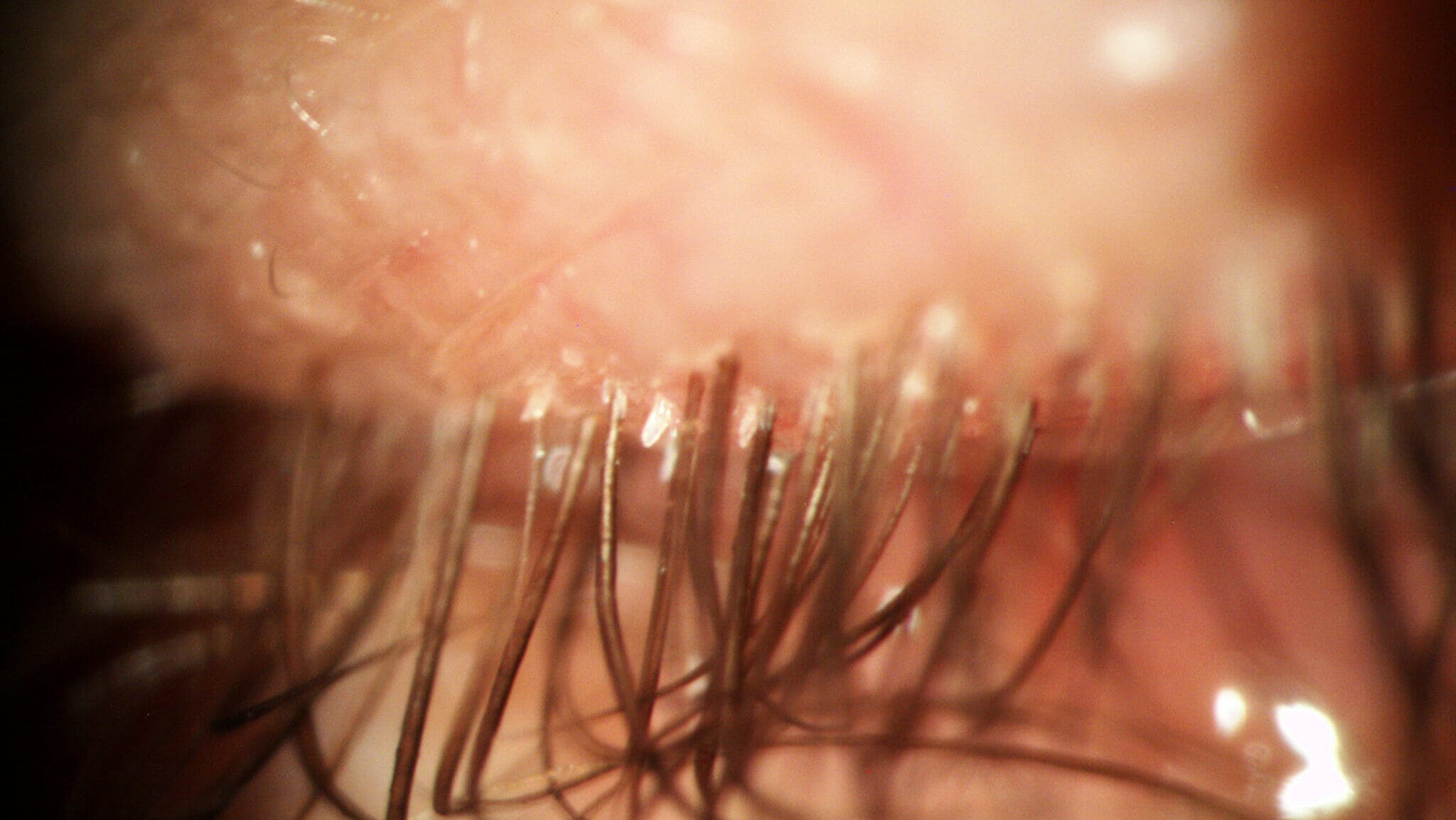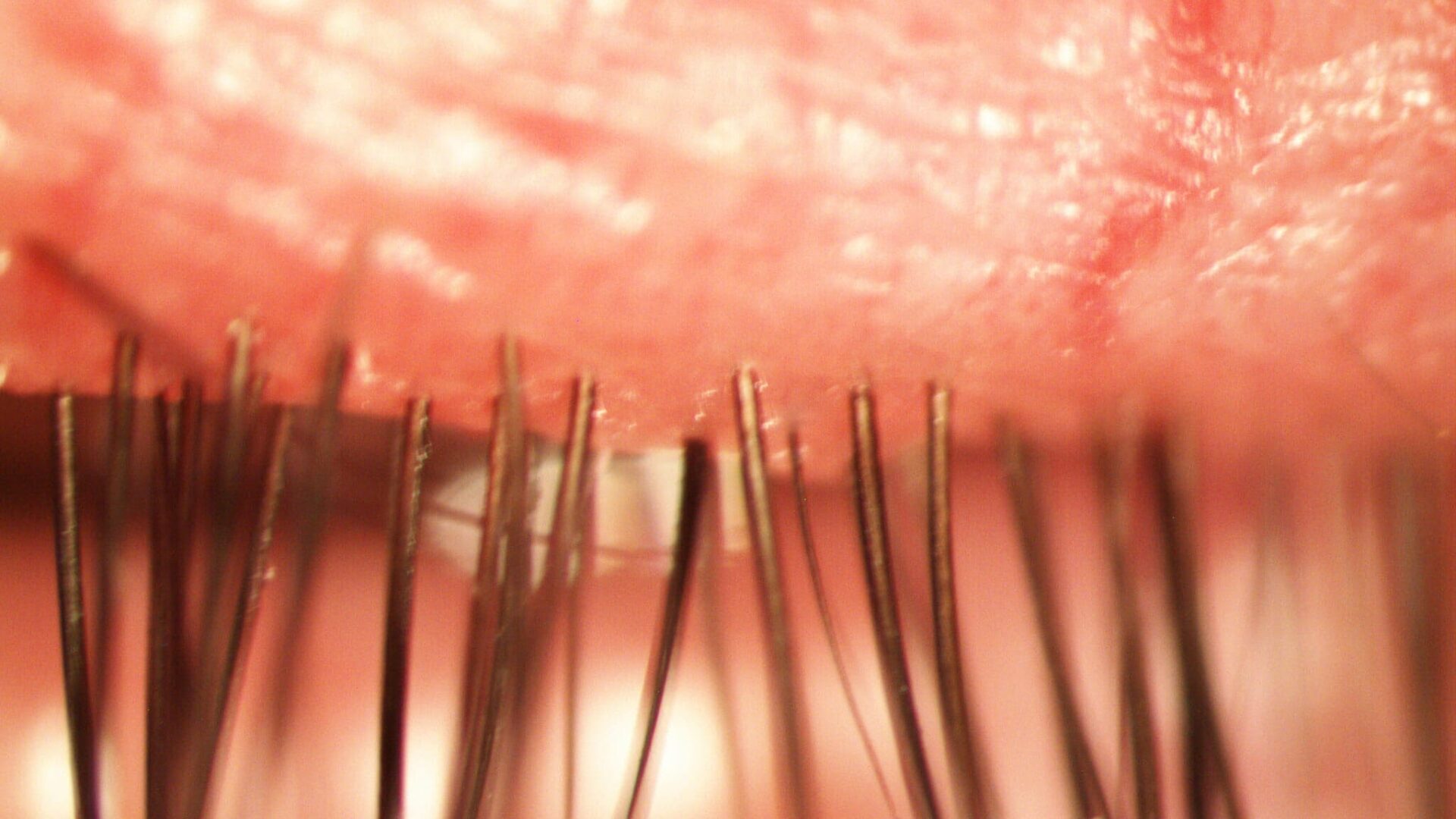Tails of the Eyelid Mite
Eyelid mites? What are they? Well, they are the common dust mite, medically known as Demodex. The mites seem to prefer colonising the upper eyelash follicles and although we all have Demodex lurking on our skin when they infiltrate the eyelashes, they can be problematic.
Demodex mites feed on skin and oil within the eyelid oil-producing glands. As the mites feed, they also excrete and die, lay eggs which all together causes inflammation, dryness, grittiness and also scaly skin around the lids.
I regularly see Demodex in practice, almost every day! When I talk to colleagues, they’re surprised I see so many. The issue is Demodex is a master of disguise. The mites can hide underneath crusting at the base of eyelash follicles and even furrow into the follicles and oil-producing meibomian glands.
Furthermore, Demodex is found 4 times more frequently in patients with Rosacea. So, if I see patients with Rosacea I’m suspicious and if I see crusting at the lid margins, I always perform a eyelid debridement followed by a ZEST treatment. Removing the crusts often exposes this devious culprit. I have a digital camera on my microscope, so I’ll often photograph a before and after to show the tail of the Demodex. Removing the crusts also helps remove some of the food source of the mite. However, I’ll also prescribe Demodex specific lid wipes but in severe cases I prescribe Ivermectin cream which is effective in killing Demodex.
Mites Hidden Under EyeLash Crusting

Tails of Eye Lash Mites

Diagnosing Demodex
Although the presence of collarettes are the hallmark of Demodex, a look under the microscope is definitive.
Immediately After Blephex or ZEST Treatment
Complete removal of scurf around lids and clear view of lash follicles

So, what’s the moral of this tale (or should I say tail)?
If you have:
- crusting at the base of the lashes,
- scaly skin around lid margins,
- facial rosacea,
- redness around the eyelid margin,